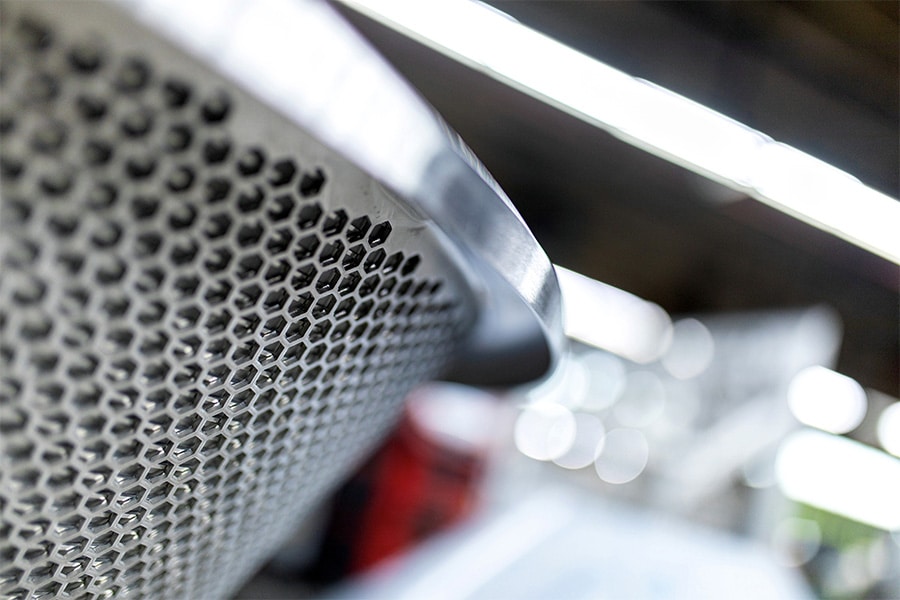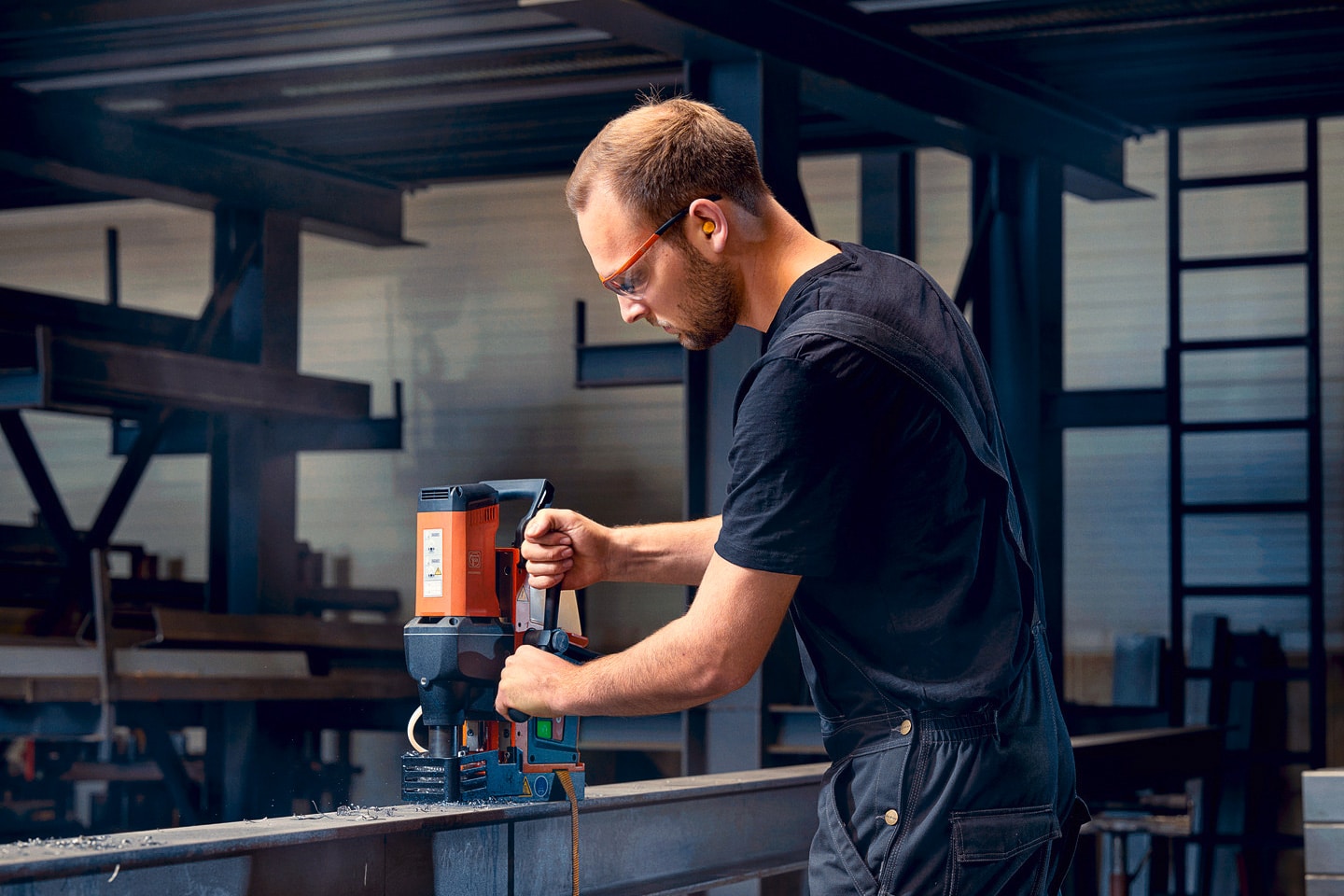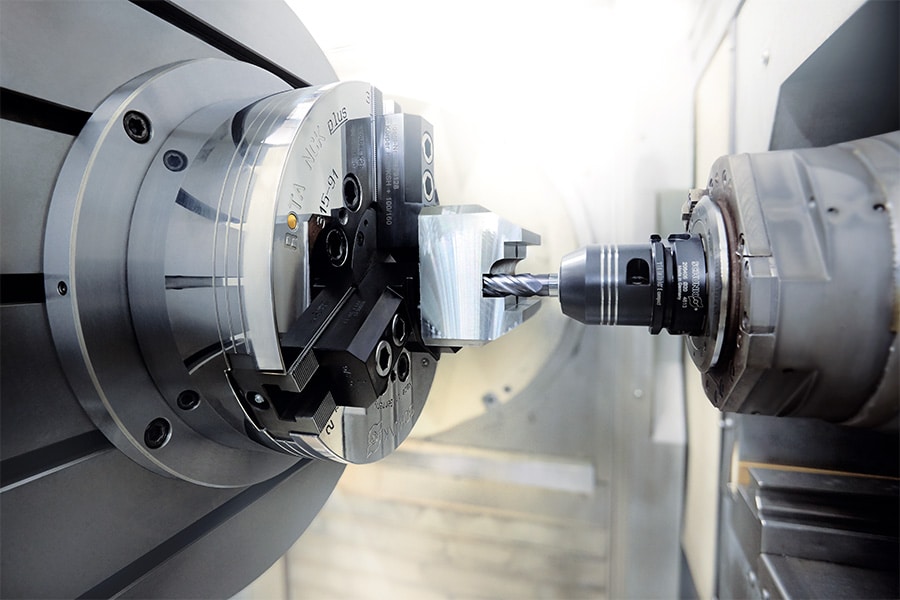
Cutting at (variable) angle with plasma
Plasma cutting has found a competitor to be feared in laser cutting over the past few decades. Manufacturers, however, have not been complacent. With new developments in the plasma cutting source that resulted in, among other things, better cut quality and faster operation, the plasma cutting machine already gained additional strengths. The same can be said about the evolutions in bevel cutting, cutting at (variable) angles.
When plasma cutting was industrially mature, it revolutionized where metals needed to be cut. Precisely because of the high temperatures that could be generated, plasma cutting from the outset scored very well in accurately cutting thick plates. An asset it has not relinquished to this day. Because of this characteristic, combined with a better quality of the cutting edge, plasma cutting was able to largely play off the technique of oxy-fuel cutting. Incidentally, no oxide skin forms during plasma cutting either, since it is a fusion cutting process. A second important advantage of plasma cutting is the ability to cut steplessly up to 45°. In other words, it is possible to apply bevels and thus save on post-processing. Furthermore, its excellent price-performance ratio also catches the eye. The investment costs are well below what metalworkers have to pay for a laser cutting machine. This has everything to do with the heavier demands a laser places on the cutting table. Moreover, there are no restrictions in the format (the length over which the gantry moves is virtually unlimited) and the thickness of the sheet, which a laser cutting machine does have to take into account.
Opportunities and challenges of bevel cutting
Bevel cutting is a technique that often finds application as weld preparation or to facilitate seamless assembly. Cutting materials at an angle provides the basis for a stronger weld or joint. And when this can already be included when cutting the material into the correct shape, it saves additional handling and fixturing, which of course improves productivity and accuracy. Basically, the possibilities of bevel cutting are endless. Because of the stepless adjustment, any angle is possible. The technique can be used for all types of welds. Even complex shapes can be applied. Constant-angle bevel cutting is already commonplace today on plasma cutting machines. This certainly applies to standard processes. Those who want to achieve cuts that fall outside this range will need more in-depth knowledge of the software. Where the shoe could sometimes pinch in practice was in variable-angle bevel cutting.
Variable-angle bevel cutting
In practice, one runs into quite a bit of manual correction work when beveling at variable angles. After all, no constant angle means that the material will vary in thickness and thus the tension can also vary. Deviations in the plasma arc will have to be compensated for depending on the cutting height, cutting thickness, the material and the desired angle. External measuring devices can help, but they can be disturbed by the light frequencies and disturbances emitted by the plasma arc. In other words, manually, operators have a fat job to do there. The latest generation of plasma cutting machines is already doing away with these problems to a large extent, mainly through evolutions in the software. The machine will then perform the necessary measurements and calculations itself, reducing the operator's work to entering the correct parameters. As a result, more and more metal processors are finding their way to variable-angle bevel cutting for more and more applications.



